Product Photography: 6 Composition Rules to Remember
Capturing photos of your product is not just about pointing and shooting your smartphone camera. For a product to look compelling, desirable, and irresistible in your photos, you must prioritise correct photo composition.
Any product photography service provider will tell you that capturing high-quality photos for product listings and social media posts is not as simple as it seems. Product photography composition allows you to draw the viewer’s attention to your subject. If you know how to highlight a purposeful design perfectly, you can use it to your advantage when marketing your product.
An effective photo composition turns a viewer into a customer. If you’re interested in the golden rules of product photography composition, continue reading this article. Here are the top 6 rules of product photography composition that you should take note of:
1. The Rule of Thirds
One of the basic concepts that every photographer should know is the rule of thirds. This golden rule involves dividing the frame into three equal columns and rows. This rule states that you should strategically place the subject, which is your product, on the intersections of this grid.
Typically, you can put the subject in the left or right third of your grid, leaving the other two-thirds empty. Using the lines as your guide, you can make your image look more exciting while emphasising your product as the point of interest.
2. Front and Central Placement
This is perhaps the most popular composition for product photography. After all, placing your subject in the centre of the frame is an easy way to set the viewer’s attention to your subject.
People tend to look at the centre when seeing something for the first time. This composition rule allows your viewers to look straight at your product and see it for what it is.
3. Differential Focus
Another rule to remember if you want your product to pop is by applying differential focus. This is done by making your subject look sharp in the photo while the background is blurred. This way, your product is the central focus, deemed more important than anything else in the frame.
4. Negative Space
Another rule you can apply in photography composition is the use of negative space. This style may be tricky as it can reverse your goal in drawing attention to the subject, but it also gives depth to the photo’s story when done carefully.
Negative space can allow you to insert text to your images to further market your product by adding compelling copy. However, as negative space may be a challenging technique for beginners, you may need help from a production company in Amsterdam.
5. Top-Down Perspective
If you want to add variety to your product photos, a smart way to do it is by shooting from a top-down or flat lay perspective. This will be especially effective if most of your photographs are taken straight-on.
This technique works wonders for businesses who offer food products, as a flat lay can be utilised to add extra items such as ingredients, utensils, charcuterie boards, and more!
6. Dynamic Diagonals
Lines are the strongest design elements you can use in product photography. With diagonals, you can add an illusion of movement to a plain, static image.
The diagonal rule recommends placing the subject along diagonal lines to direct the viewers’ eyes from the frame to the product.
Final Thoughts
Take note of these rules the next time you shoot photos for your product marketing materials. By adding intent to your composition, you can make your photos look attractive and engaging. And if you want to upgrade your product pictures, you can seek out professional photography services to deliver beautiful images.
When it comes to getting premium product photography services, you have BFF Visuals as your buddy in the field. Our video marketing and photo & video production company specialising in event, product, commercial, and corporate video production & photography provides you with a one-stop shop for your production needs. Book a free consultation today!
